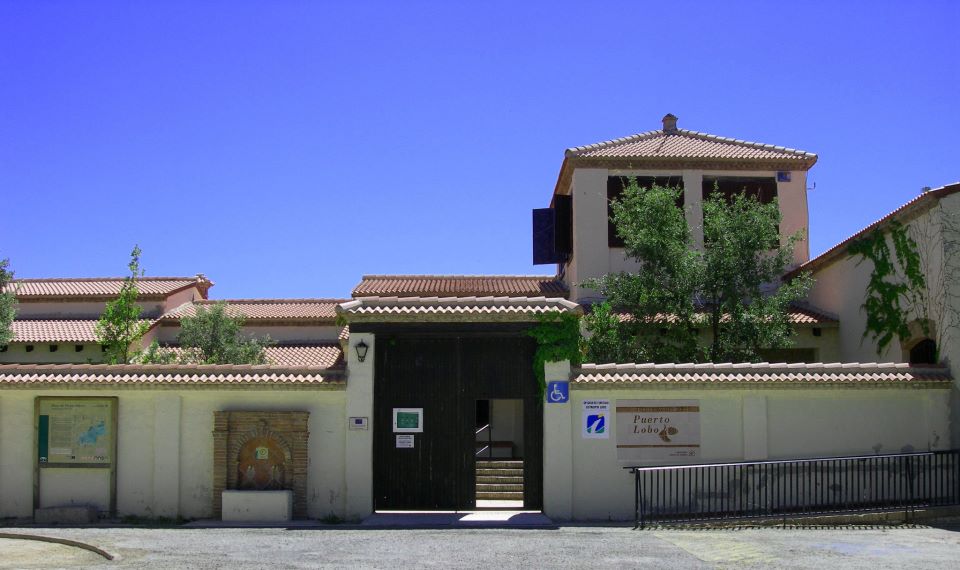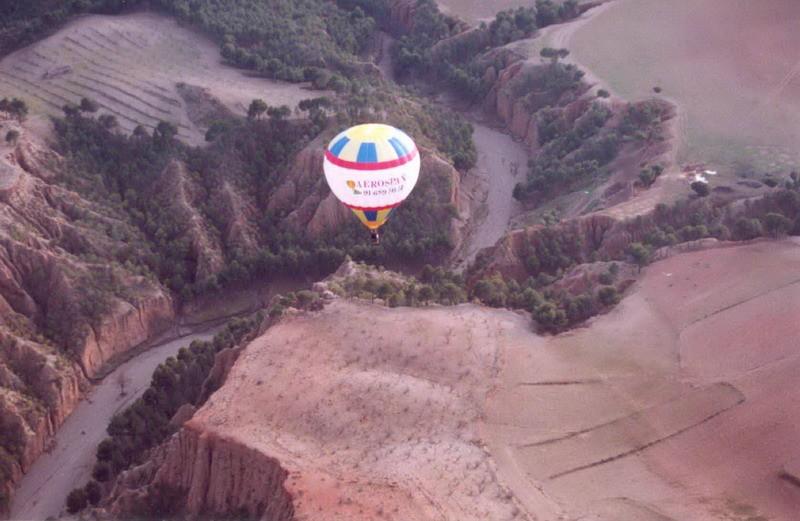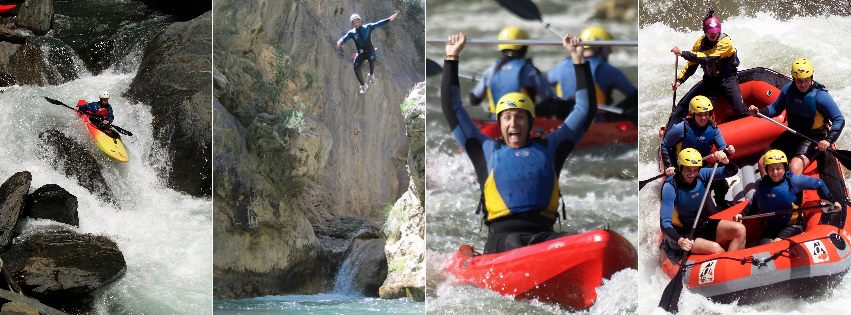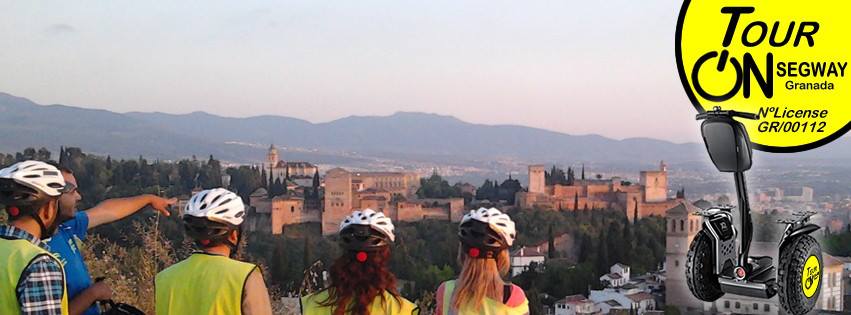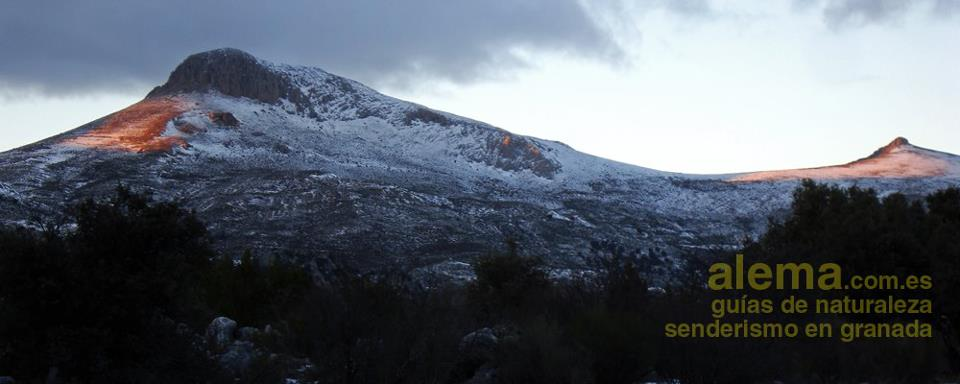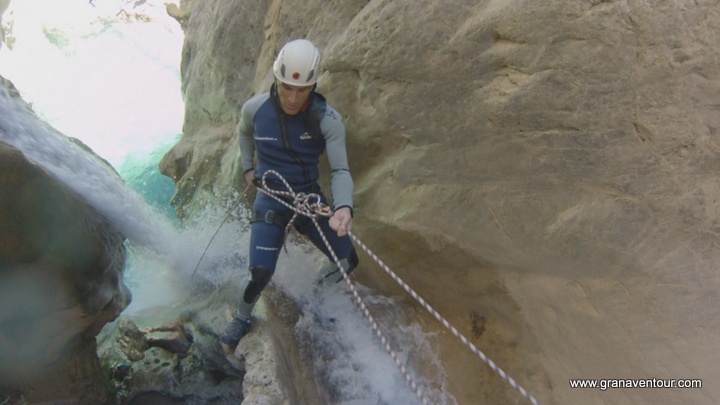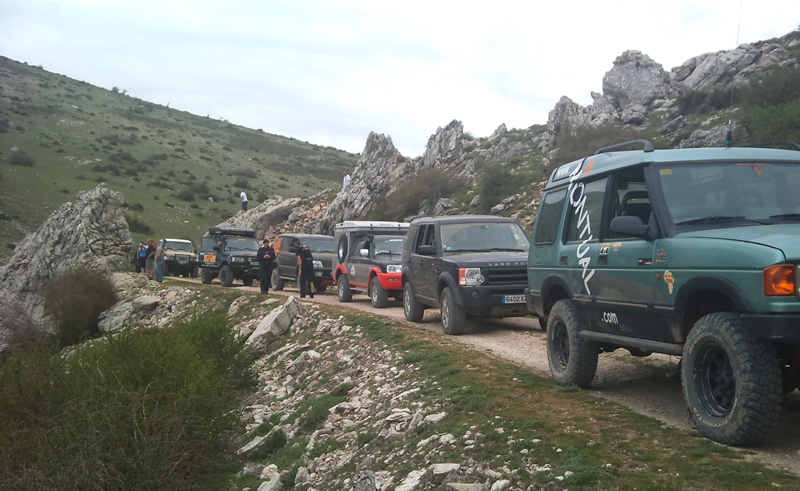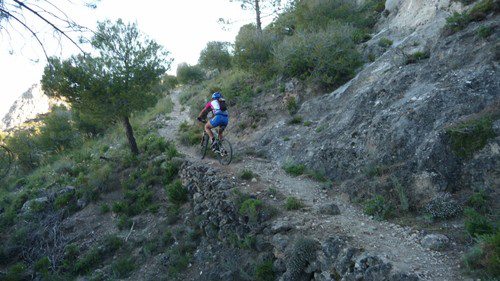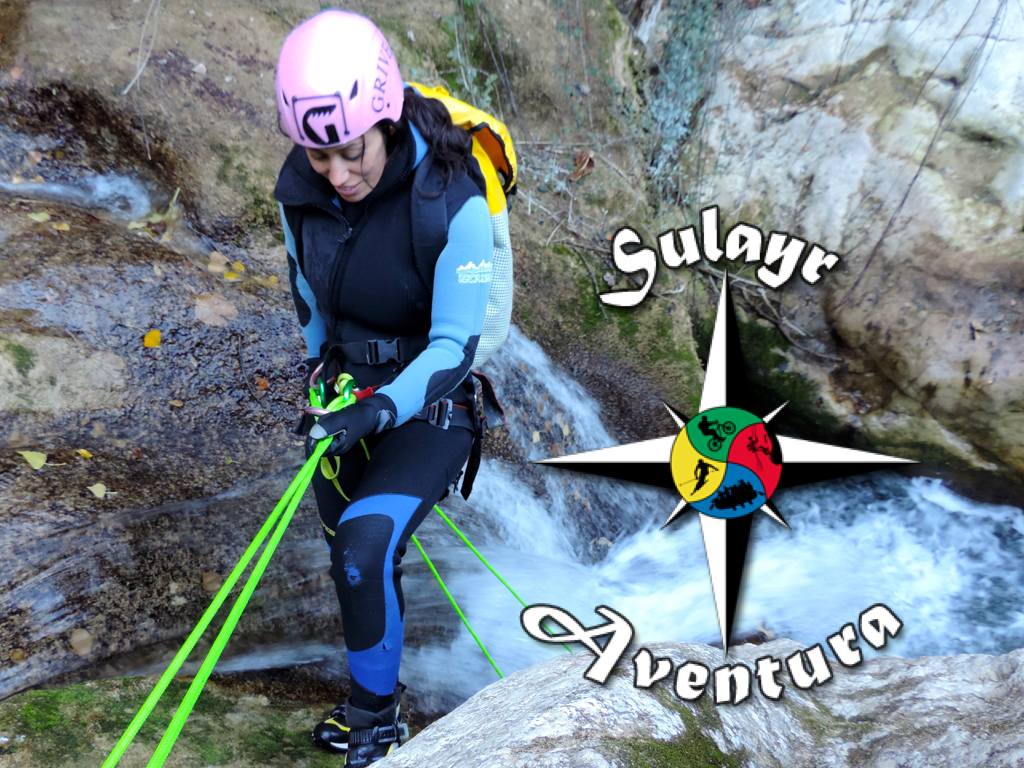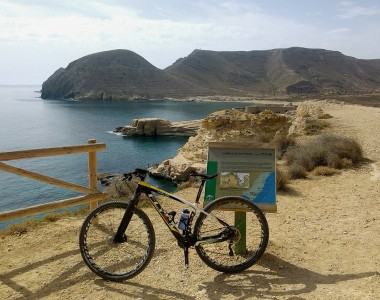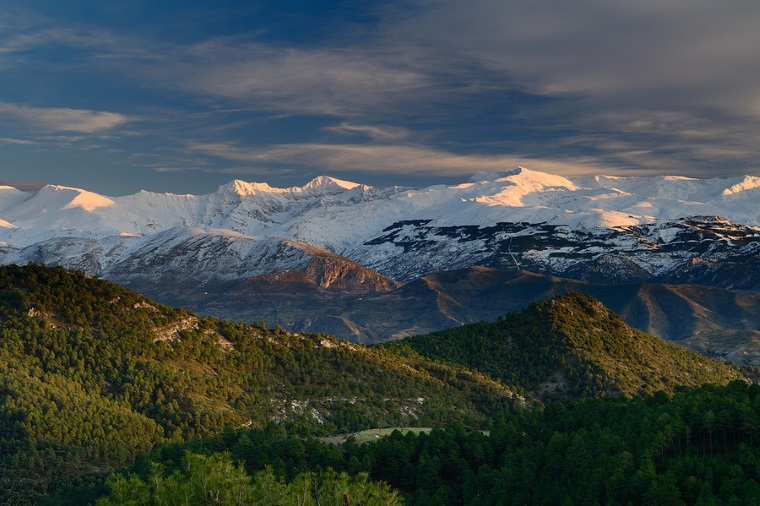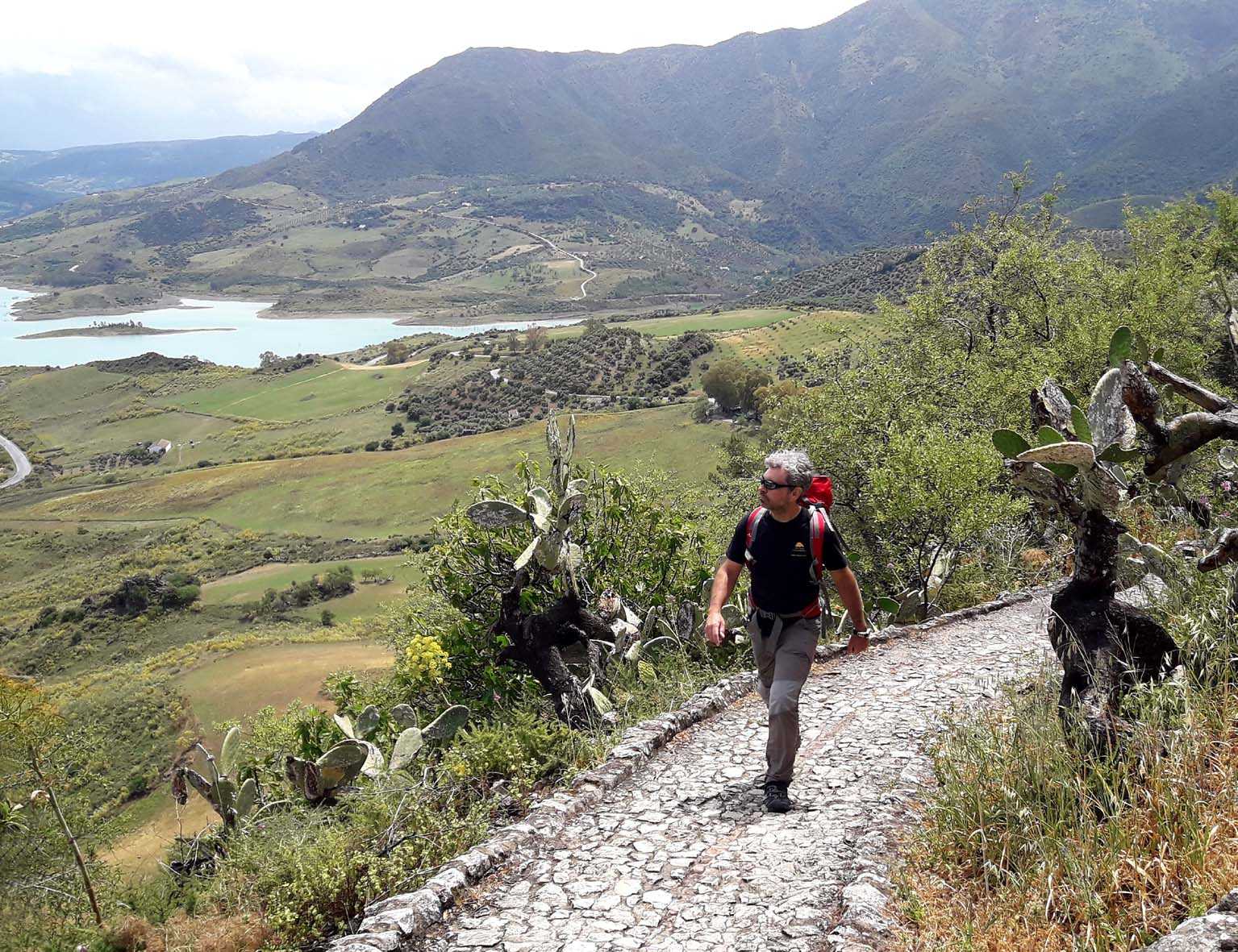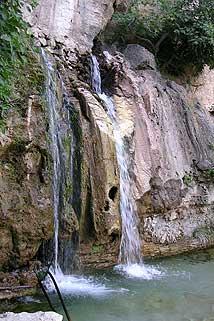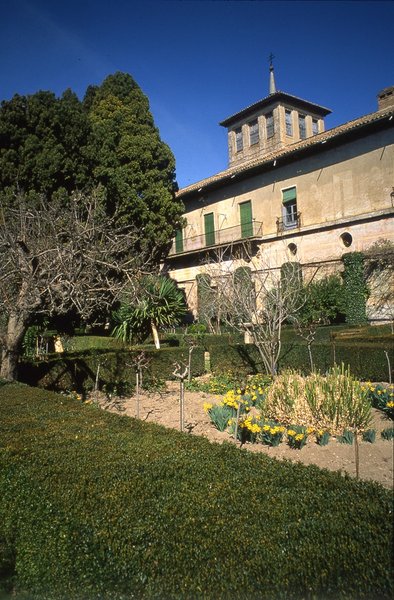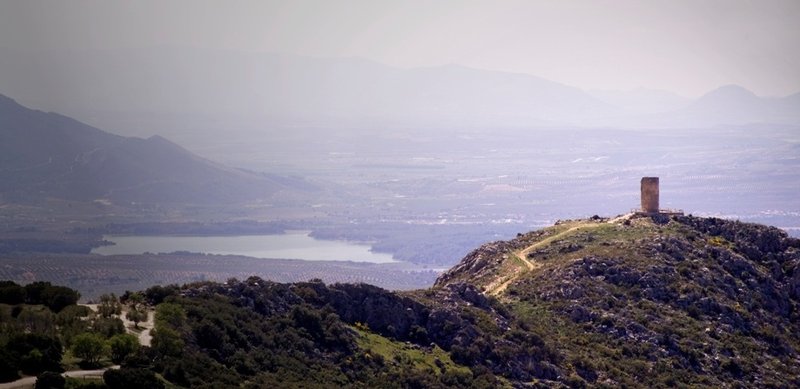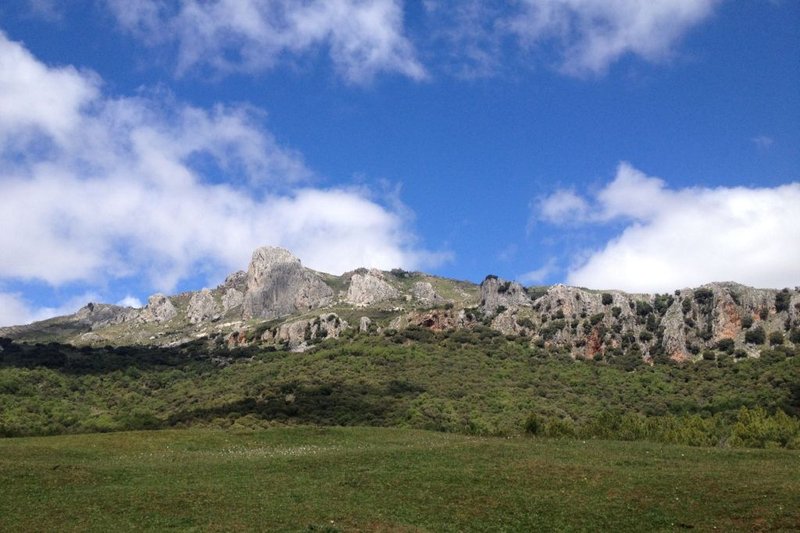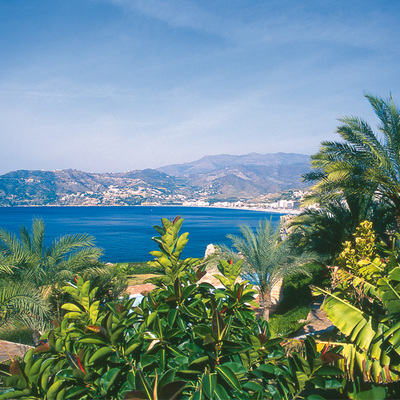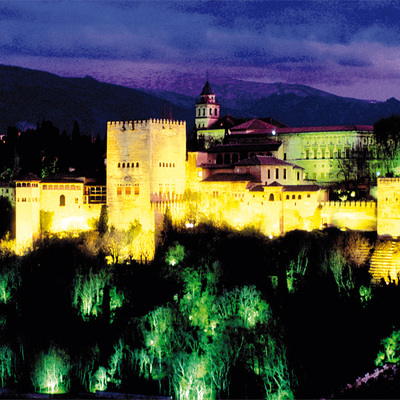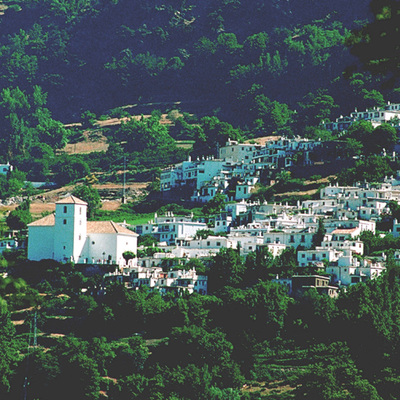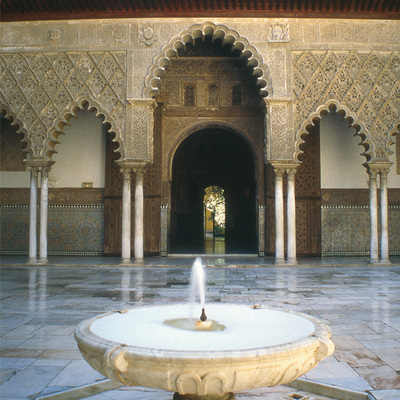Sierra de Huétor
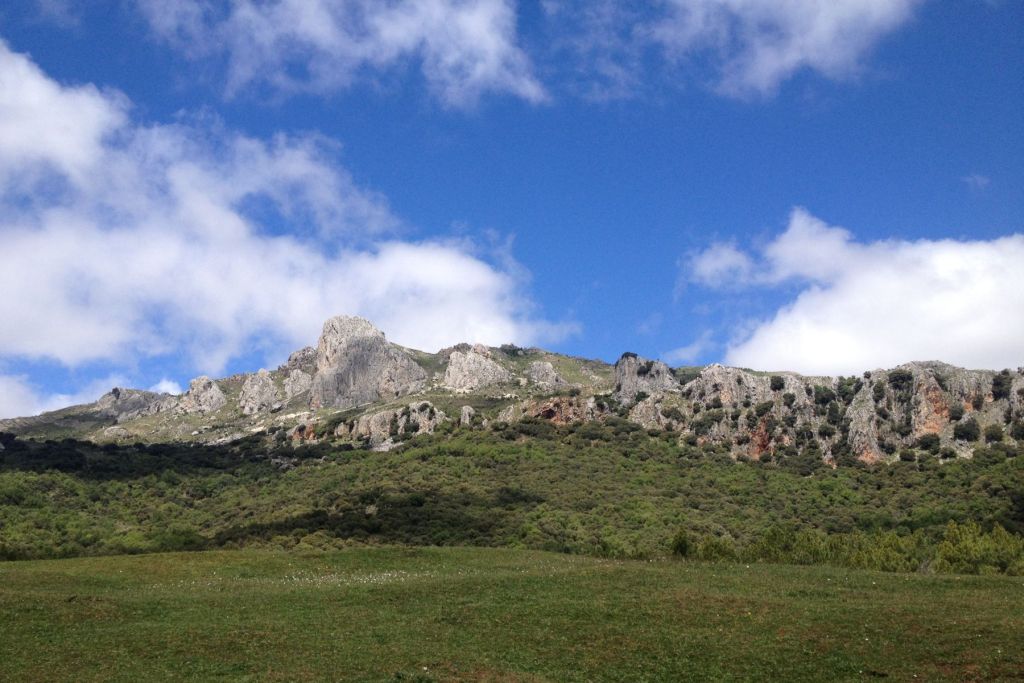
At Sierra de Huétor, between crags, gorges and rocky pinnacles, hidden waters drill caves and chasms, waiting the moment of rising up to find light again in the springs, that likewise quench the thirst of kings' or become part of good bread for its people.
Huétor is the sum of small mountains that, revealing itself as a balcony over the valley of Granada, extensively and proudly rise towards the northeast until running into Sierra Arana, a backdrop of the tallest peaks. Our territory is characterised by the presence on its surface of high crags, as Cimbra in the Alfacar Sierra, lapiaces, needles, teeth, sinkholes, and, further deep, a great number of grottos, caves and chasms: up to forty, as the Agua Caves in Nívar and the Gato Cave or the chasms of Víznar and Los Maderos. Water enters the heart of the mountains forming a large water deposit that runs into springs as famous as the Grande de Alfacar, Fuente Morqui, Grande de Huétor or the one at Los Porqueros.

